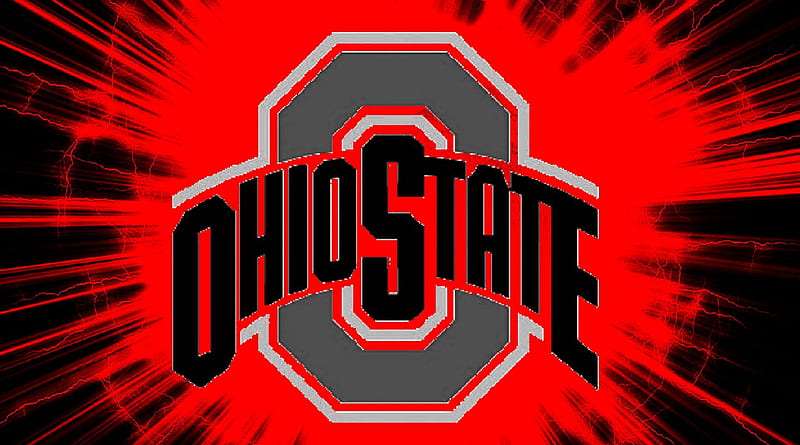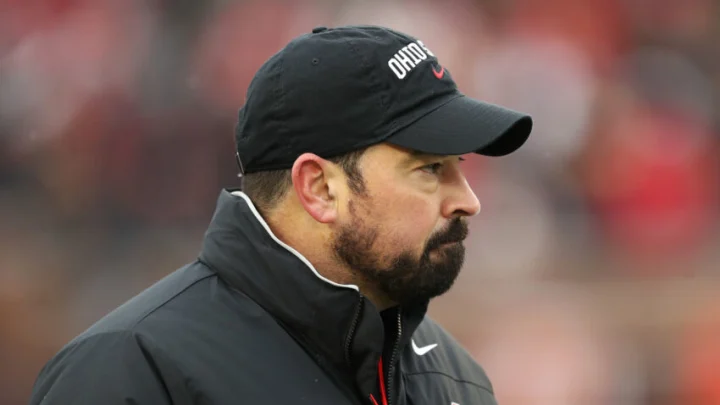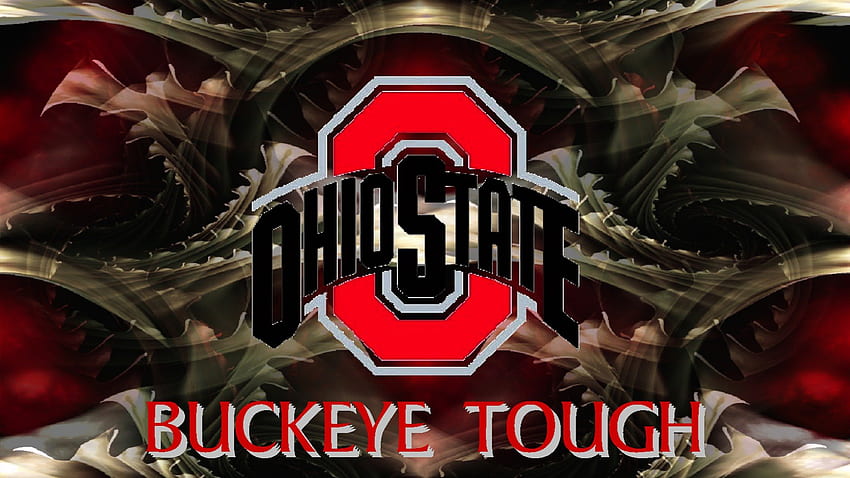Ohio State supporters are demanding the head of their extremely successful coach. They Have a Point.

No college football coach gets fired after winning 89 percent of his games over five years. Ohio State coach Ryan Day is unlikely to be the first. But on Saturday, Day lost for the third year in a row to Michigan, in the rivalry game to end all rivalry games. The Wolverines’ leader was assistant Sherrone Moore, who put on the big headset on game day because his boss, Jim Harbaugh, was serving a Big Ten suspension.
With two more or less equally talented teams on the field, Moore outcoached Day. Day didn’t commit any cataclysmic errors, but he was nonaggressive on a pair of critical fourth-down calls, and his conservatism broke against Ohio State both times. Day opted to punt on a fourth-and-1 opportunity at Ohio State’s 46, and his punter biffed a 33-yard duck that didn’t get inside the 20-yard line. Later, just before halftime, the coach opted for a field goal on fourth-and-2 at Michigan’s 34-yard line. The ensuing 52-yard attempt was longer than Buckeye kicker Jayden Fielding’s career long of 47, and he missed wide left. Ohio State didn’t try a fourth-down conversion the whole game. Moore had Michigan attempt three—and the Wolverines converted them all en route to two touchdowns. Moore is also Michigan’s offensive coordinator and dialed up the best schematic moment of the game, a 34-yard pass from his running back to his tight end that set up another field goal.
Day is the head coach of the most naturally advantaged program in college football. You—yes, you personally—would coach Ohio State to at least a solid bowl game if given the head coaching job. Gravity dictates that Ohio State will eternally recruit one of the best rosters in the country, no matter what. (The Buckeyes have the benefit of being the one inevitable program in a state with a lot of good high school players and being an iconic national brand that can go into high schools in Florida, Texas, and wherever else and leave with future NFL stars.) But on Saturday, after two years of blowouts, Day lost a different way: The guy on the other sideline, who has sparse head coaching experience and was doing the job only because his boss wasn’t allowed inside the stadium, outmaneuvered him all afternoon. The final score: 30–24, Michigan. The Wolverines are en route to the College Football Playoff.
Meanwhile, the Buckeyes are in a world of pain. A huge portion of their fans want to be done with Day, who holds the unquestioned title “Most Reviled 56–7 Coach in College Football History.” A representative view came from legendary OSU tailback Maurice Clarett in a series of now-deleted posts on X, which was called Twitter back when Ohio State was beating Michigan every year: “Ryan Day … Love you bro but gotta go,” Clarett said. “This is why you’re paid millions.” He added, “No one cares about beating the BS teams we schedule. We play those teams on purpose to have a good record to get to Michigan and into the playoffs. That’s part of the program. You don’t make 9 million and lose to your rival 3 times in a row.” Day is now 1–3 against the Wolverines.
Day has brought Ohio State to a bizarre place. He’s been Ohio State’s coach for five years. He’s been exceptional even by the Buckeyes’ standards at avoiding disaster against teams outside the program’s weight class. He’s won so, so much. That so many people want him gone anyway is a perfect case study in why college football is a weird sport. And while those fans won’t get their wish unless Day bolts for an unpredictable offer from some NFL team or a very small list of college teams without current openings, they’re not unreasonable at all to dream about it. Day has been the unusual failure who wins damn near every game.
He hasn’t been without his virtues. Day seems, to me, like a great role model by the standards of major college football coaches. He has spoken eloquently and often about the importance of mental health, and he’s supplemented his words with real action when his own players have found themselves in dark places. He has avoided any type of scandal, unlike his predecessor, Urban Meyer, whose resignation came a few months after he’d earned a suspension for empowering an assistant coach who’d been accused of relationship violence. Day has been a worthy representative of his employer. Many winning coaches aren’t.
Day also has a tremendous track record of developing quarterbacks. Until a hiccup this year, when first-year starter Kyle McCord struggled, Day had recruited and tutored star after star at the position. This year’s soon-to-be NFL Offensive Rookie of the Year, the Houston Texans’ C.J. Stroud, is a product of OSU and Day specifically. With the help of his excellent quarterbacks, Day has built great offenses and avoided the disastrous upset losses to ordinary, less-talented teams that plagued the program under Meyer. Where Meyer once gave up 55 points in a game to Iowa and 49 to Purdue, Day’s only loss in five seasons that wasn’t against Michigan or a playoff opponent was a 7-point loss to a 10-win Oregon team in 2021. These are not useless bullets on a résumé. Day is a professional who develops quarterbacks and doesn’t get caught in booby traps.
But Day hasn’t been any more than that. The most famous quote in the recent history of the Michigan rivalry is the one Harbaugh gave after beating Day in 2021: “Some people are born on third base and act like they’ve hit a triple.” Day took over an already successful Ohio State and maintained its standing. He’s made a few playoff appearances and won the 11 or 12 games a year that Ohio State coaches are supposed to win. And yet, there’s no game the team is supposed to win more than the one against Michigan, which Ohio State had taken 15 times in 16 years before Day began his current three-game skid. 2021 was physical domination. 2022 was a meltdown featuring overly conservative game-calling.
Saturday’s game wasn’t a collapse but still featured Day coaching scared and paying for it. Day gets some credit for keeping Ohio State in good-enough shape in the first place to be playing consequential games at the end of November—but just a little bit. There’s no such thing as an Ohio State coach who isn’t on the verge of greatness at the end of almost every season. Even John Cooper, the coach from 1988 to 1999 whom Buckeye fans point to as their worst coach of modern times, won multiple huge bowl games. Much like Day, however, he lost a lot to Michigan, and that tends to define an Ohio State legacy.
Day’s 56–7 record is sparkling, but it shines less in the light. Day is 14–0 against Big Ten East bottom feeders Maryland, Rutgers, and Indiana. He is 13–0 against the always-abominable West division. He is 9–0 against teams outside the power conferences. Every big-time coach has good records against those sorts of teams, but what stands out about Day is his half decade of underachievement elsewhere. A combined 7–0 record against Notre Dame and Penn State is nice, but 1–3 against Michigan and 1–3 in playoff games tell the story. Under Day, Ohio State beats teams below its weight class without fail and loses to legitimate peers.
Someone inclined to defend Day might argue that scoffing at his overall record amounts to ungrateful whining on the part of Buckeye fans. But if rivalries and huge games are what make college football special—and most would agree they are!—then losing them so much should be cause for fury. On top of that, avoiding junk losses to bad teams will get marginally less valuable once the playoff expands from four teams to 12 next year. It will always be valuable to have a coach who doesn’t lose a random game to Illinois in October, but doing so wouldn’t eliminate Ohio State from national contention going forward. If Day’s best selling point is not coughing up mega-upset losses, he will need a better one.
It’s nice not to be Ohio State athletic director Gene Smith—or, more accurately, whoever replaces him after he retires next year. Day has been as much of a failure as his detractors say, but he’s not the kind of loser who presents an easy alternative. It’s not so much the $46 million buyout, which Ohio State could begrudgingly afford, as the fact that Day isn’t far away from doing what the Buckeyes want. Much easier than firing him and starting over, which Ohio State won’t do, is getting Day to coach more aggressively and make the necessary changes to beef up Ohio State’s staff and roster. (A glaring lack of power-running success this year might have led to some of Day’s lethargic game management.) Day’s name came up a lot in connection with Texas A&M’s now-wrapped-up search for a new head coach. But Day hasn’t left Columbus, and unless he rides into the sunset of his own accord, Ohio State’s easiest course is to hold tight and pray that Day finally figures it out. The trouble is that this is Ohio State. The Buckeyes should not have to pray.



